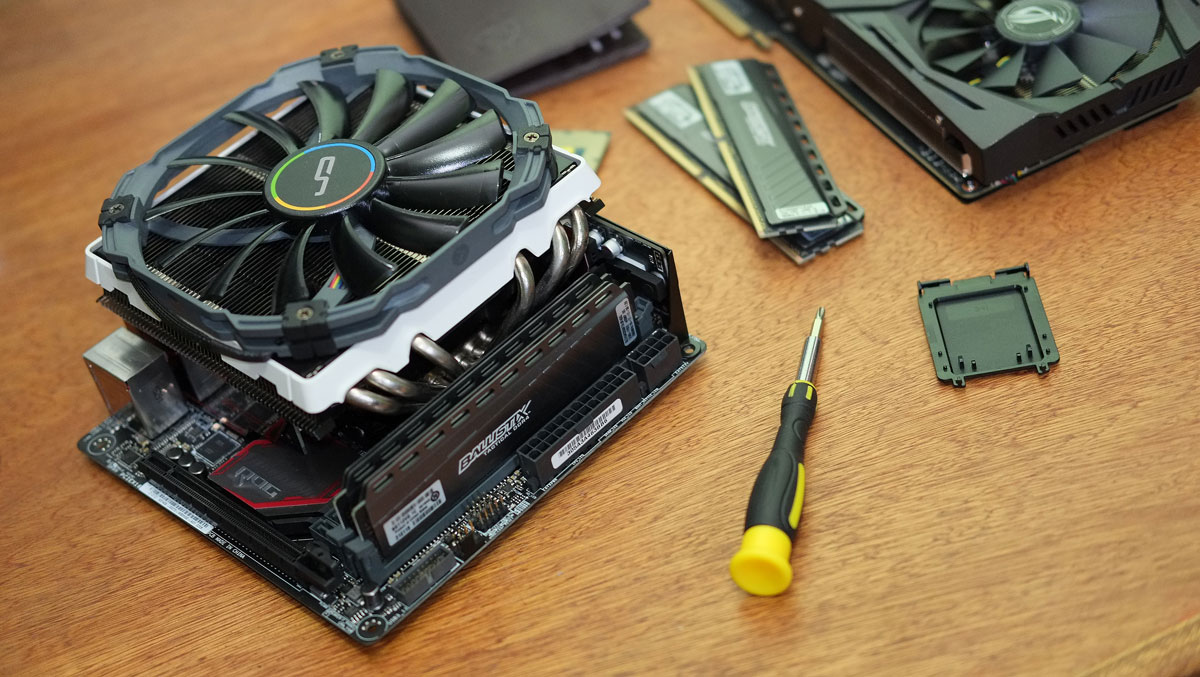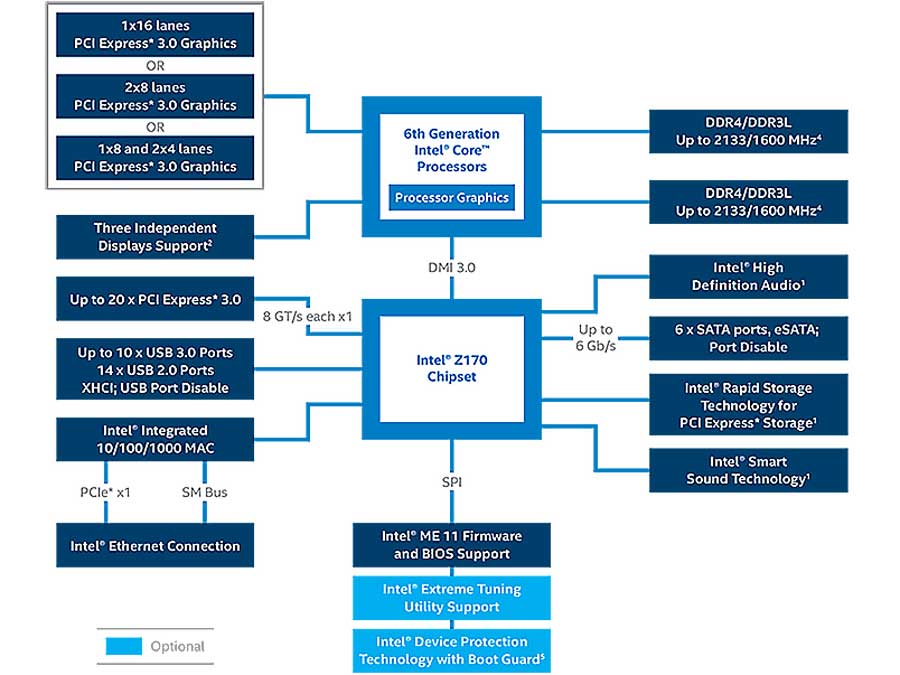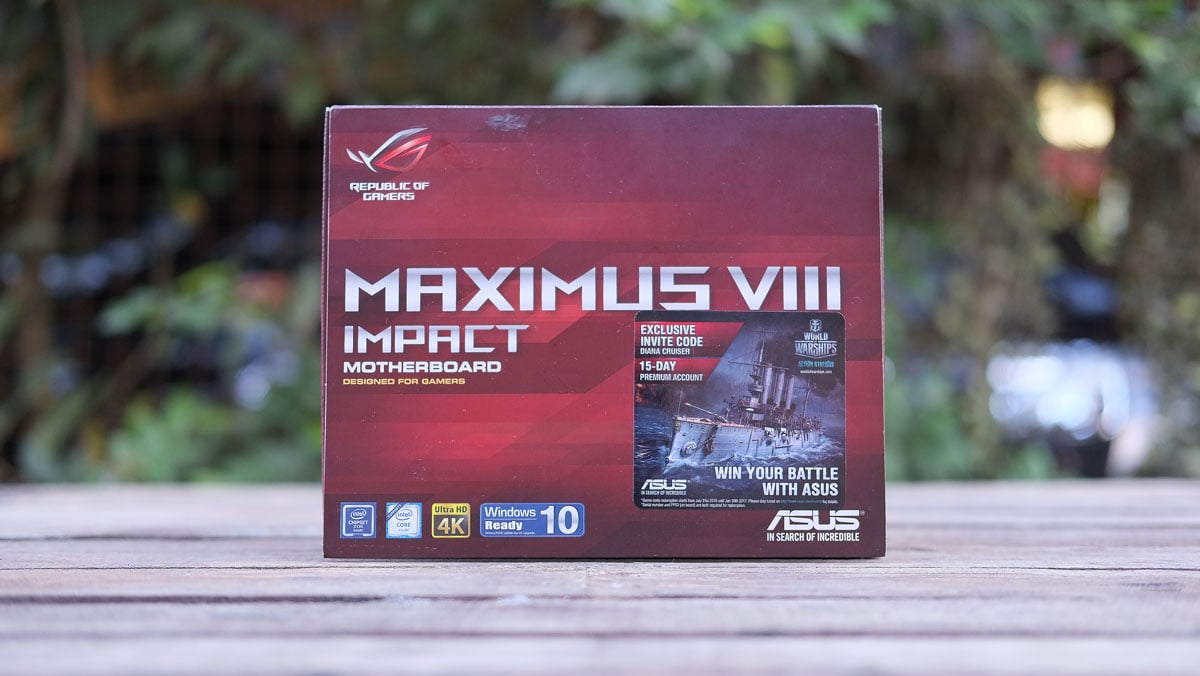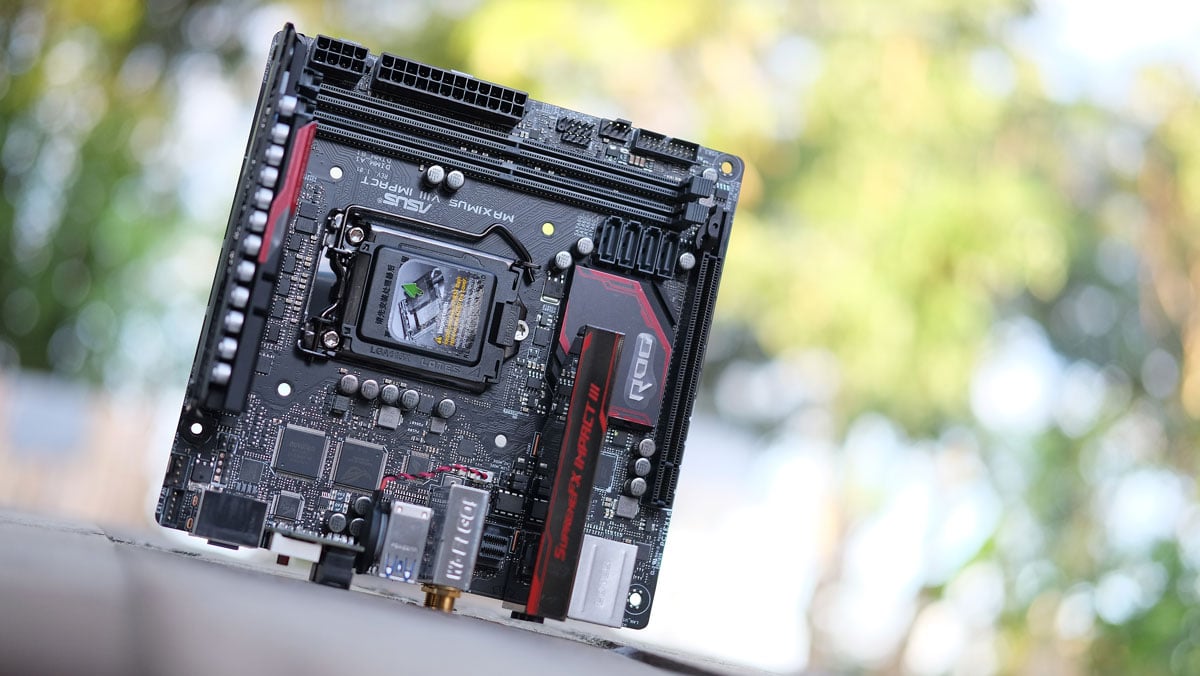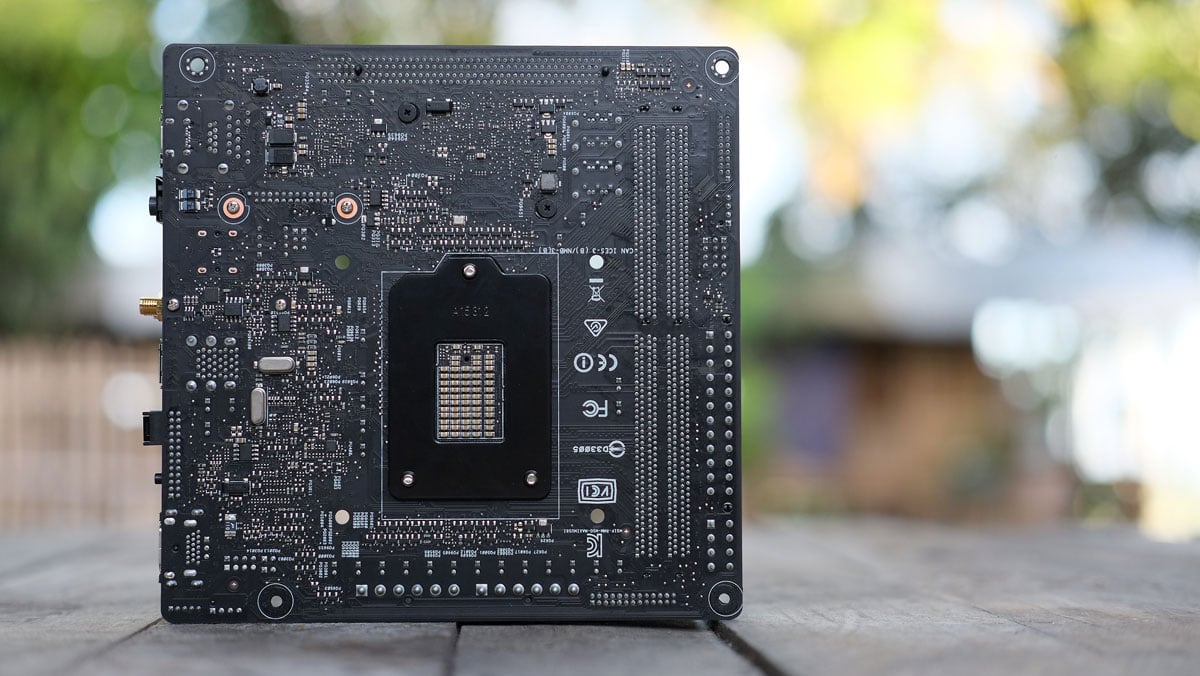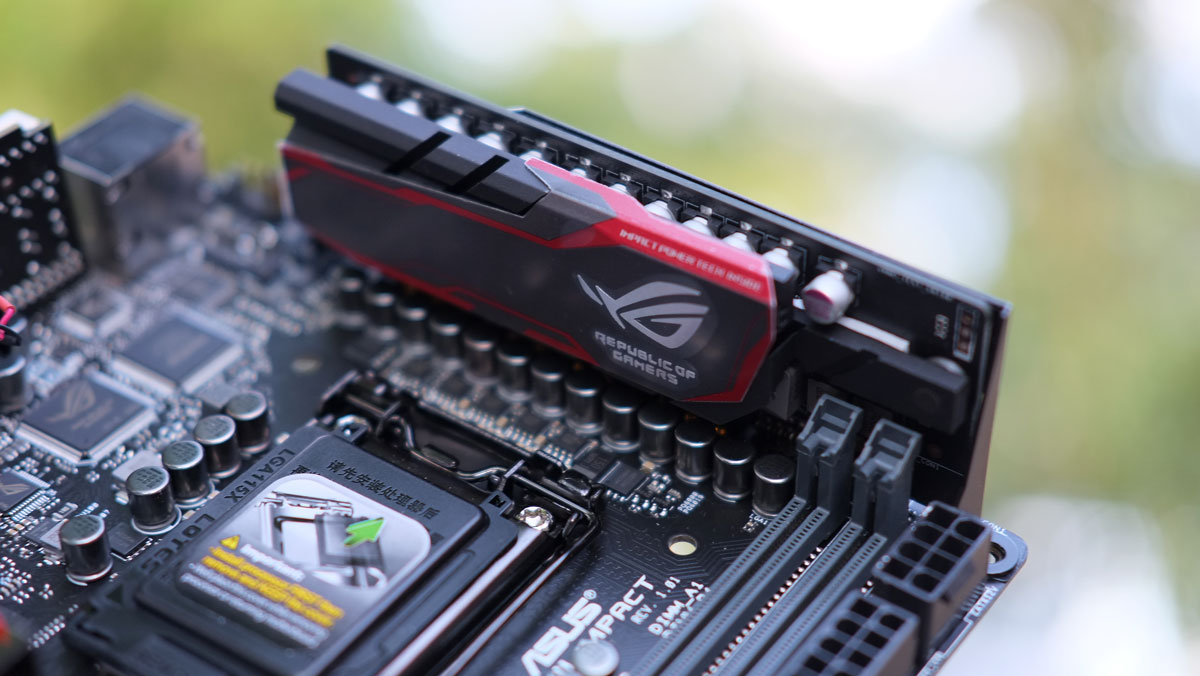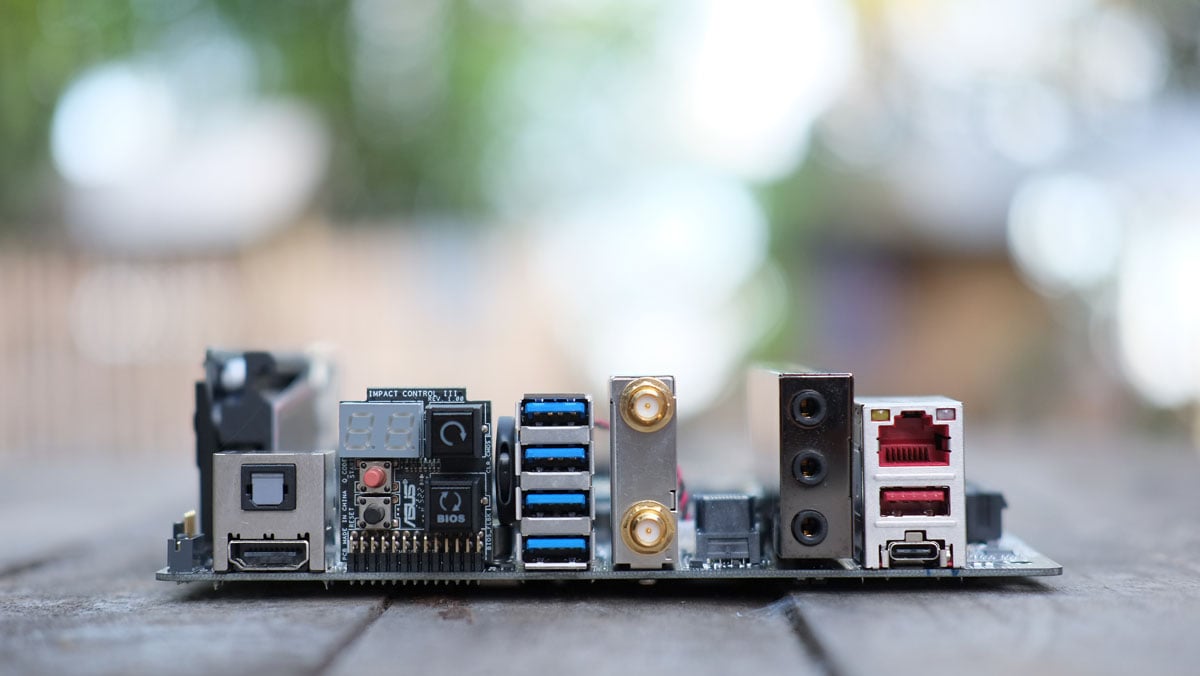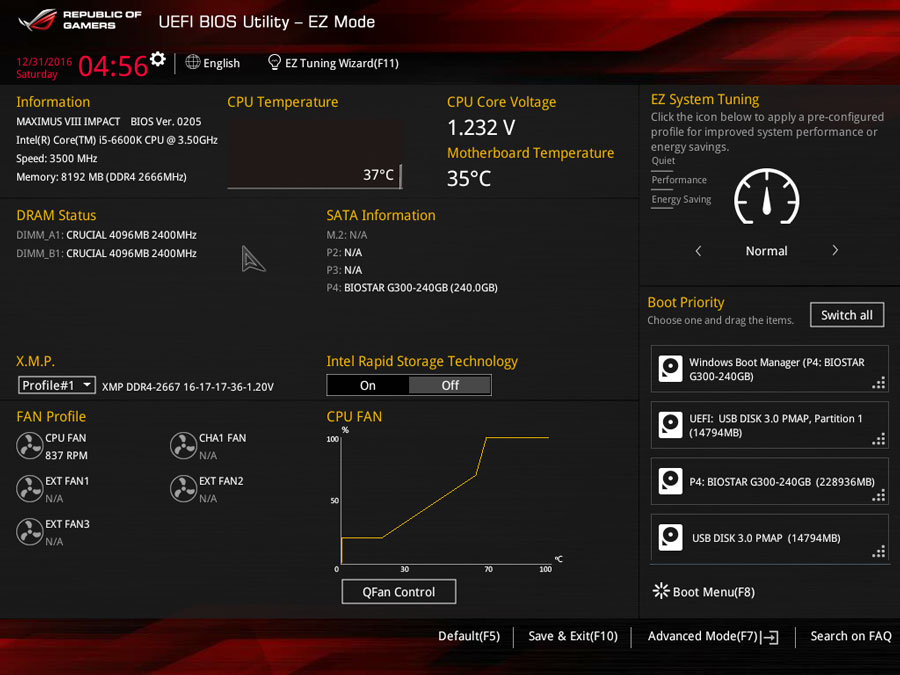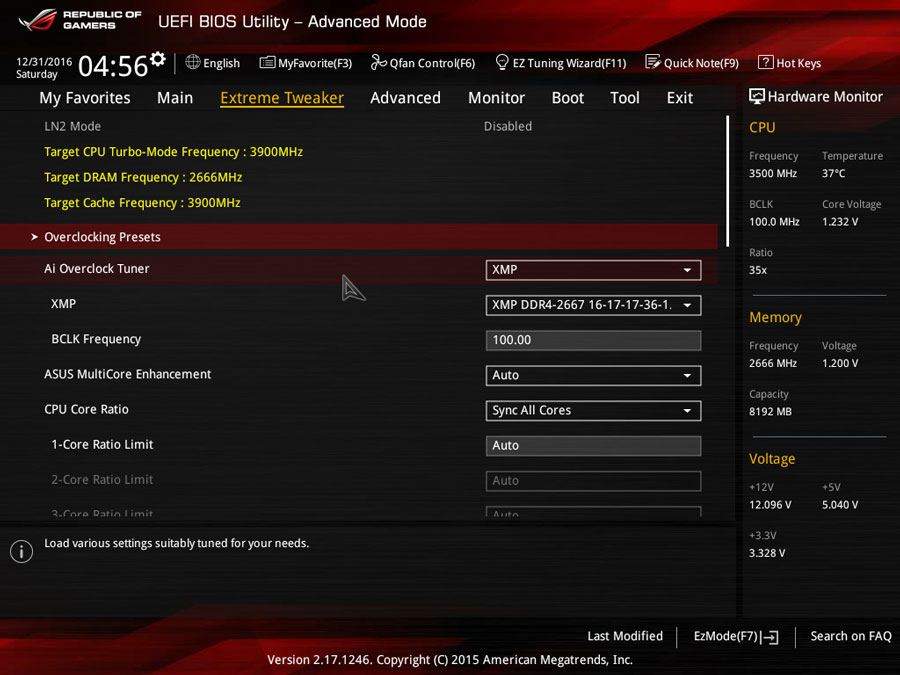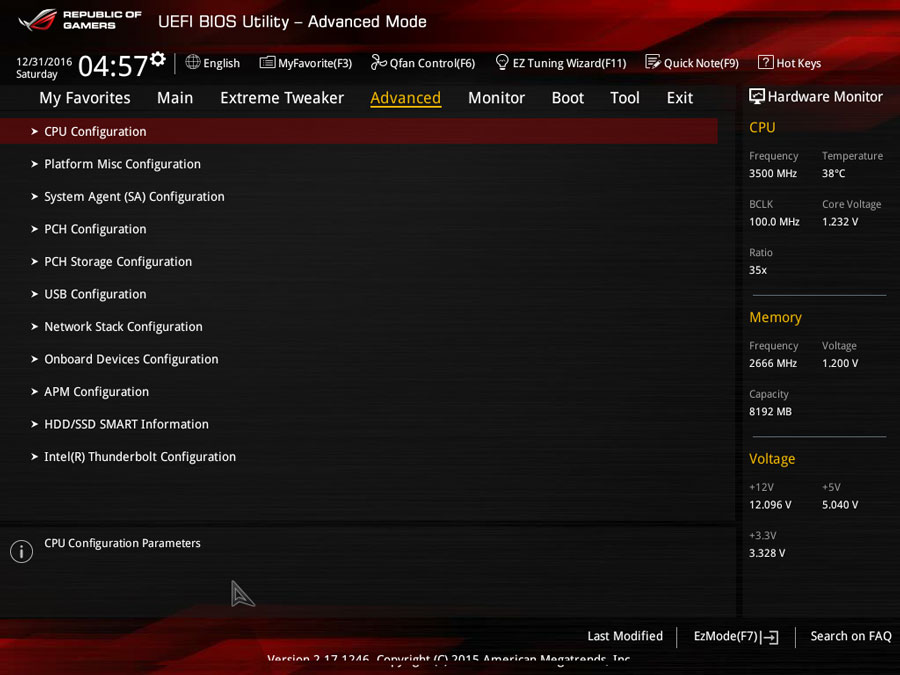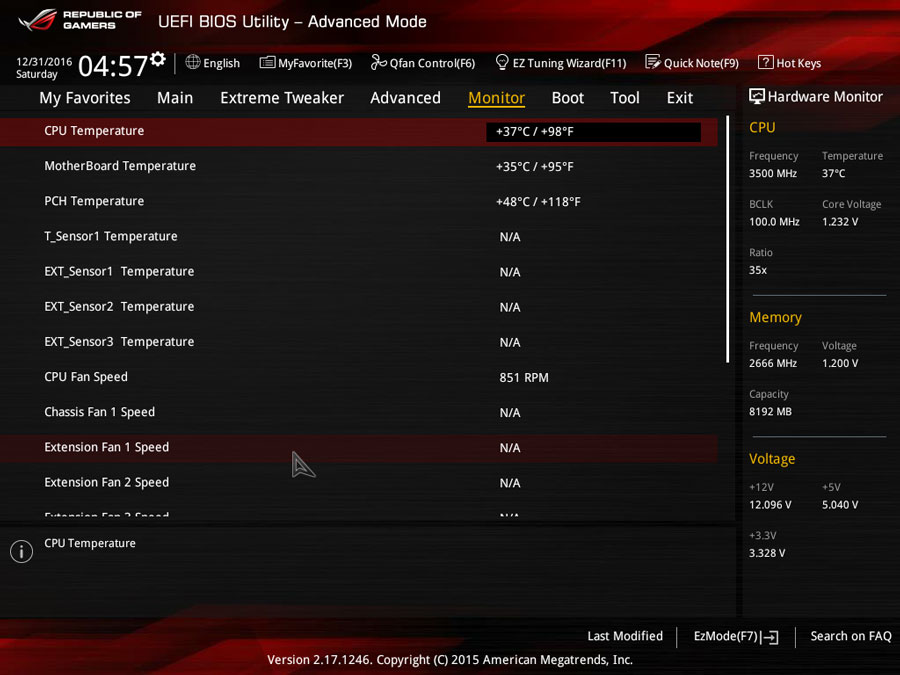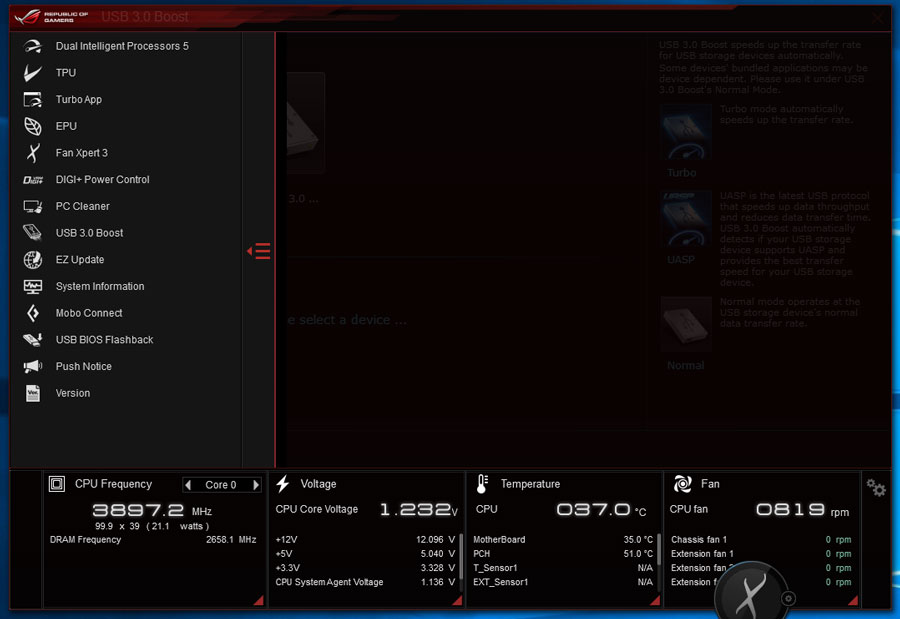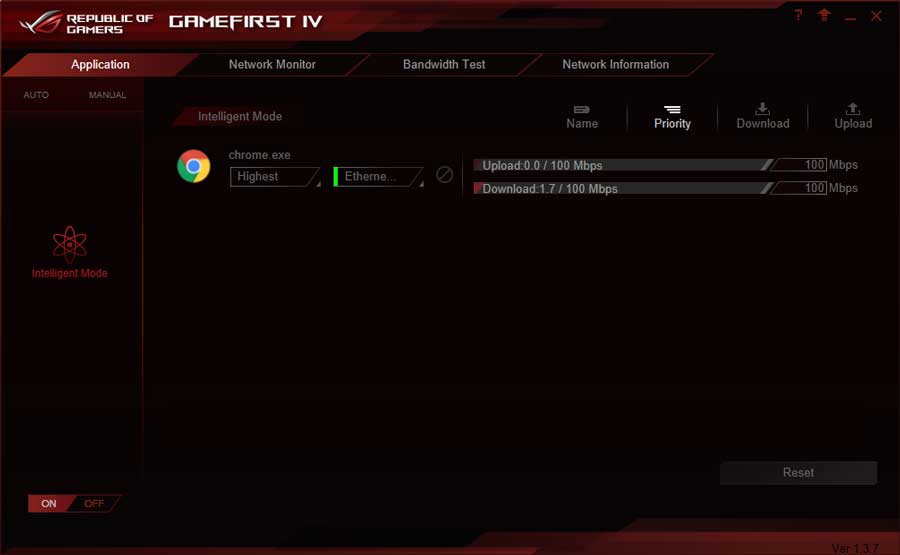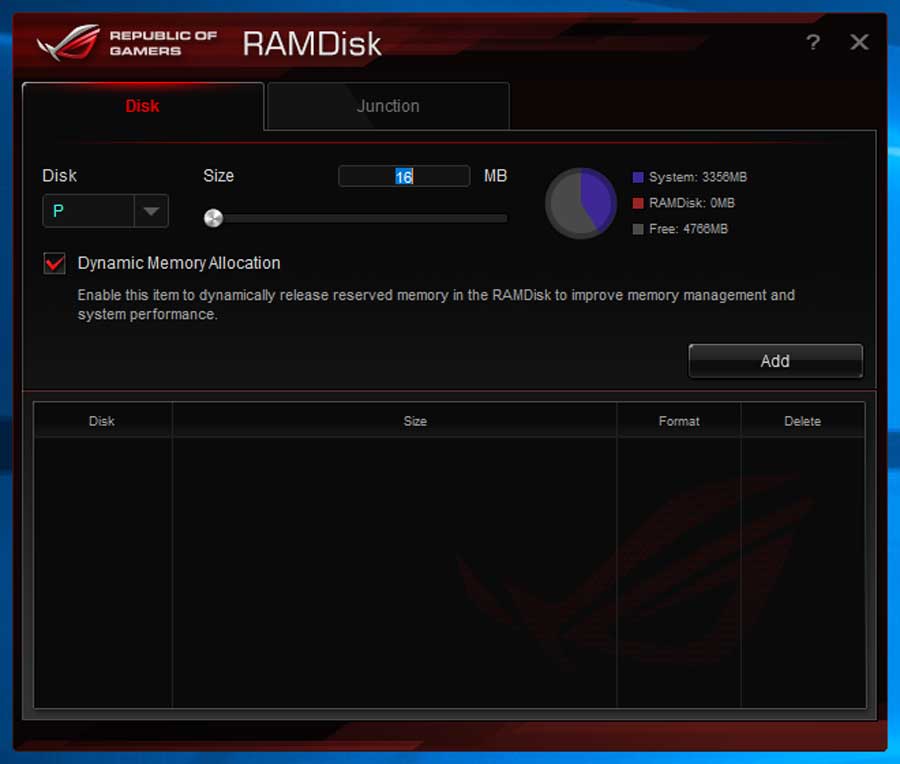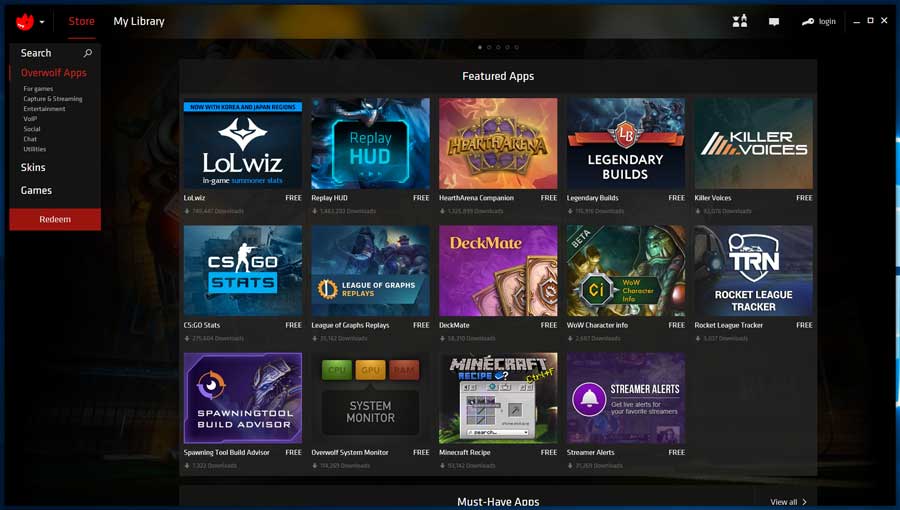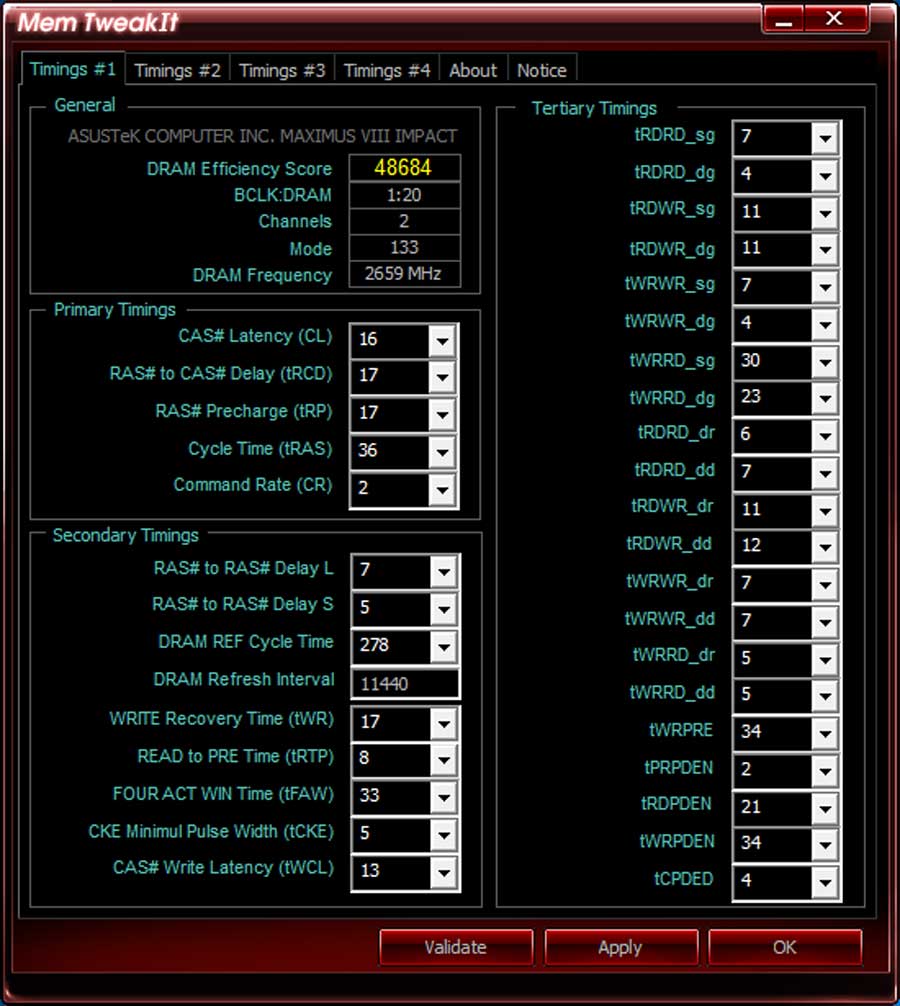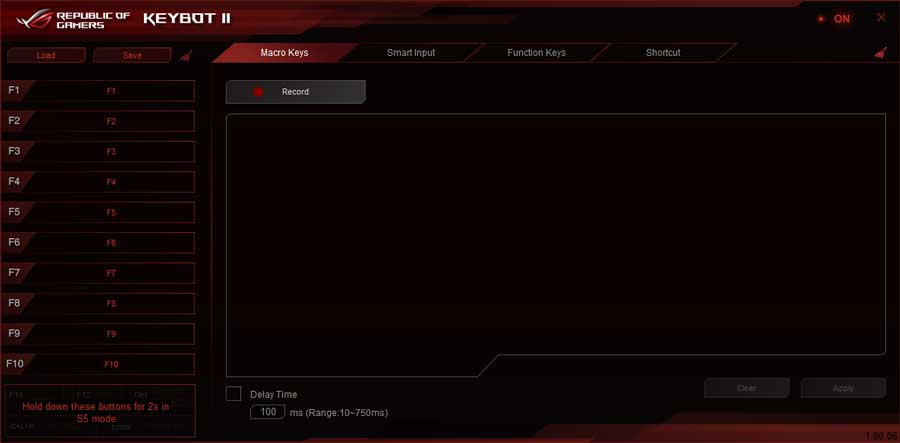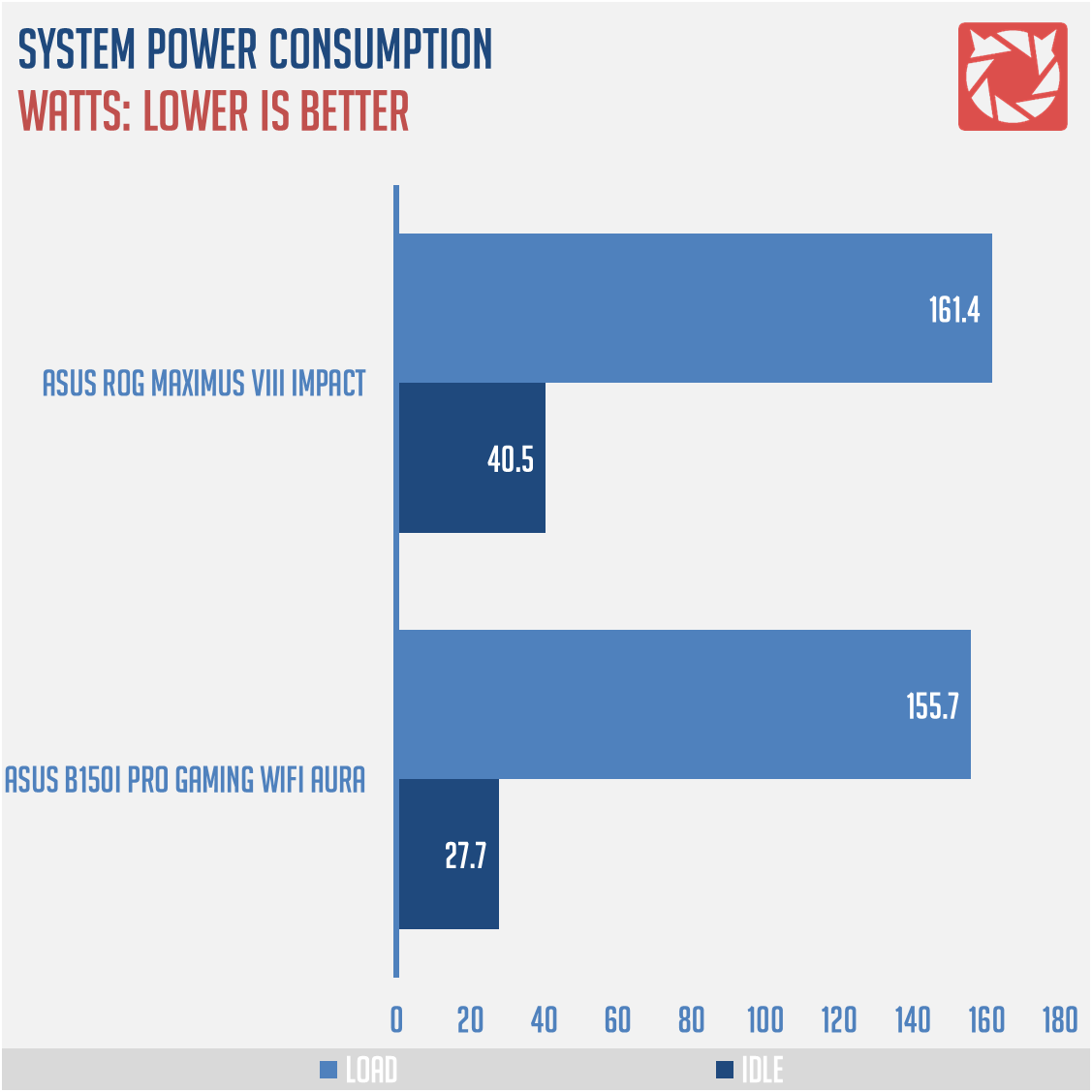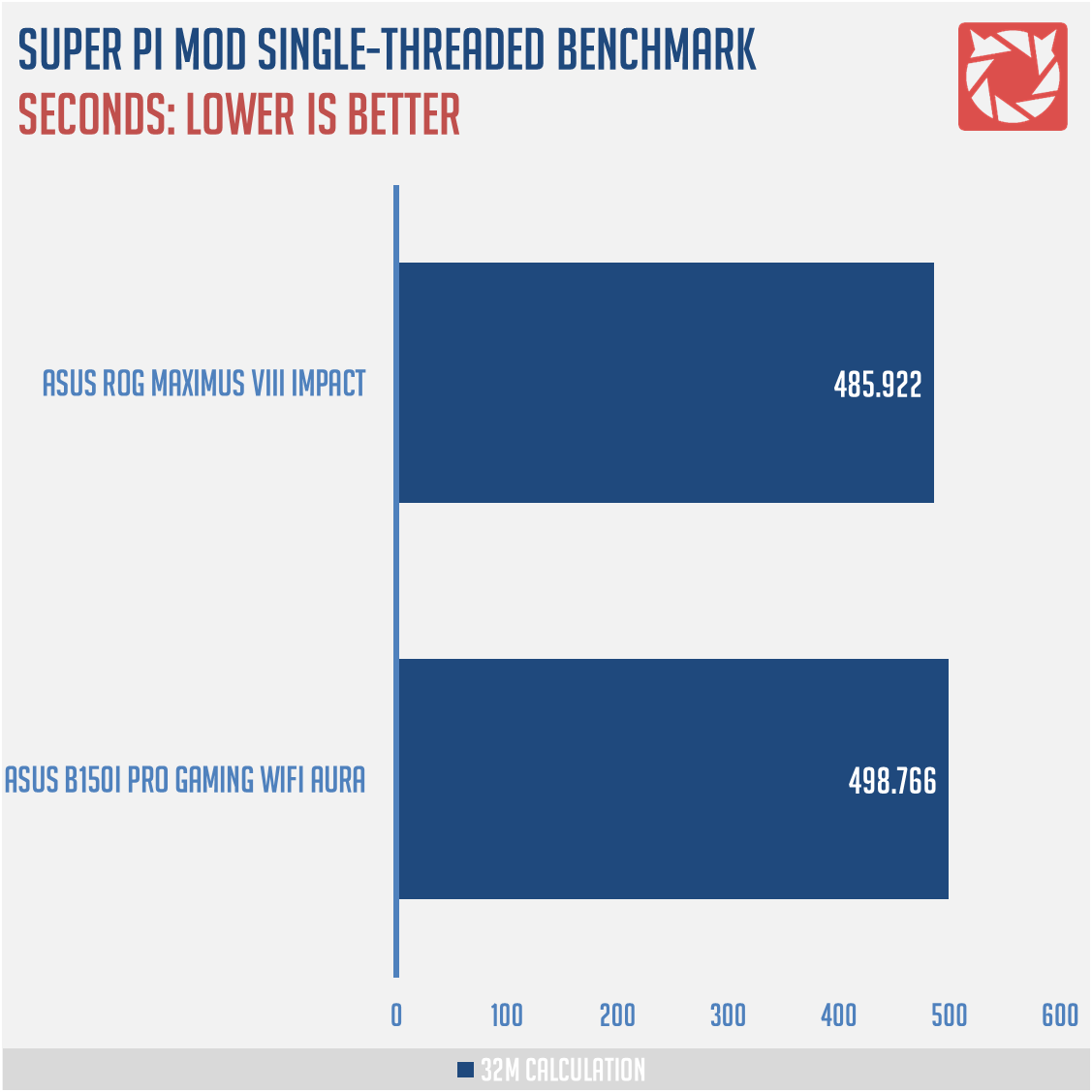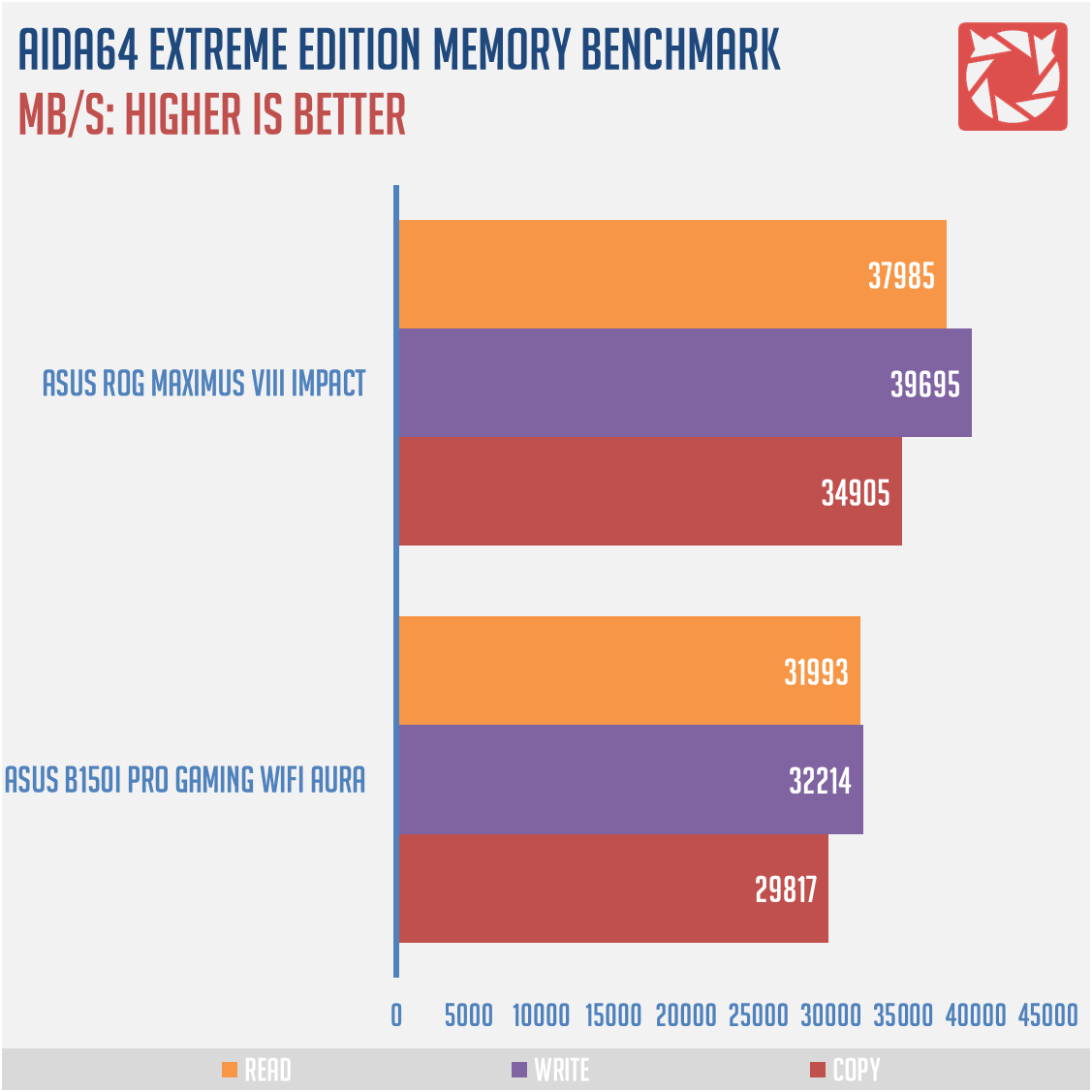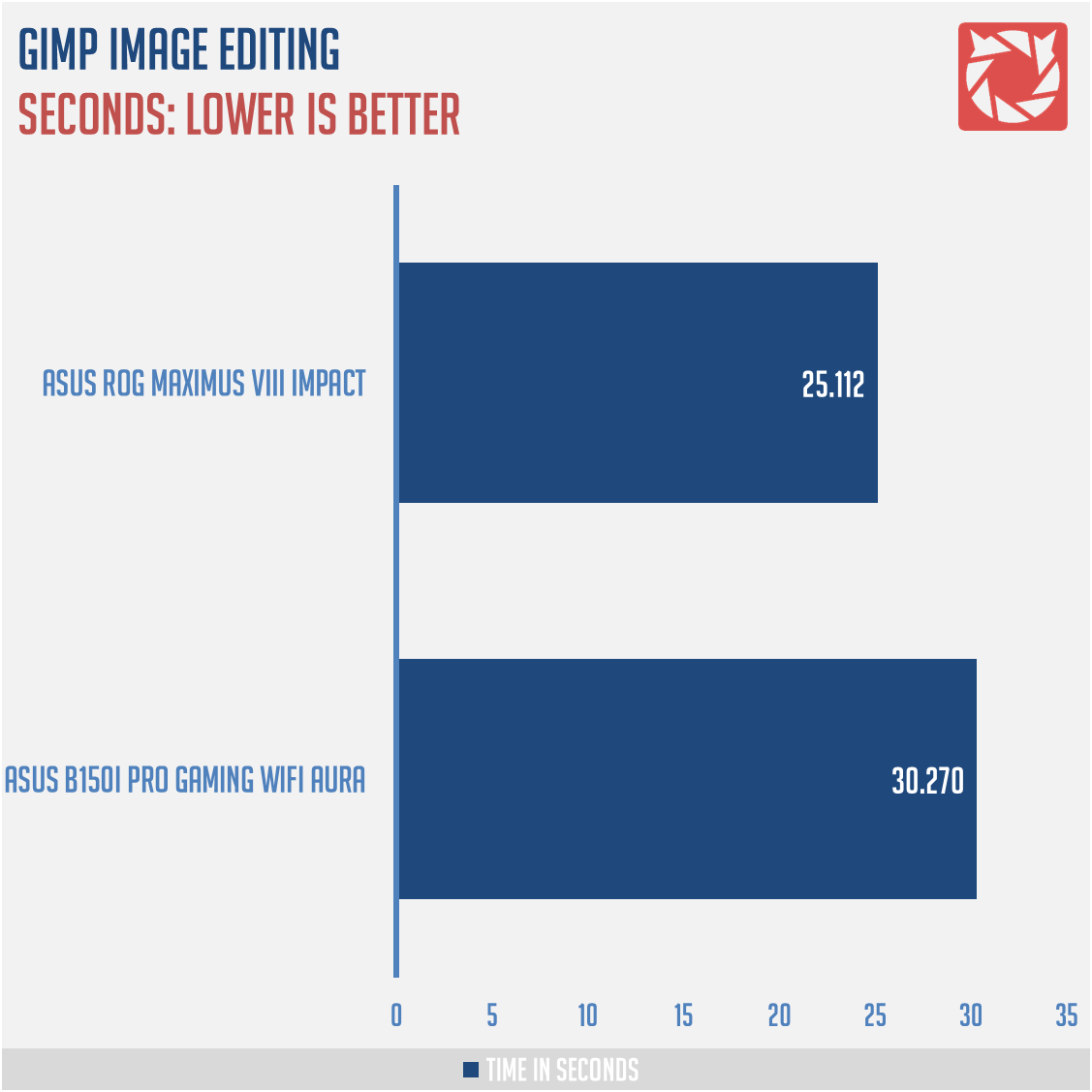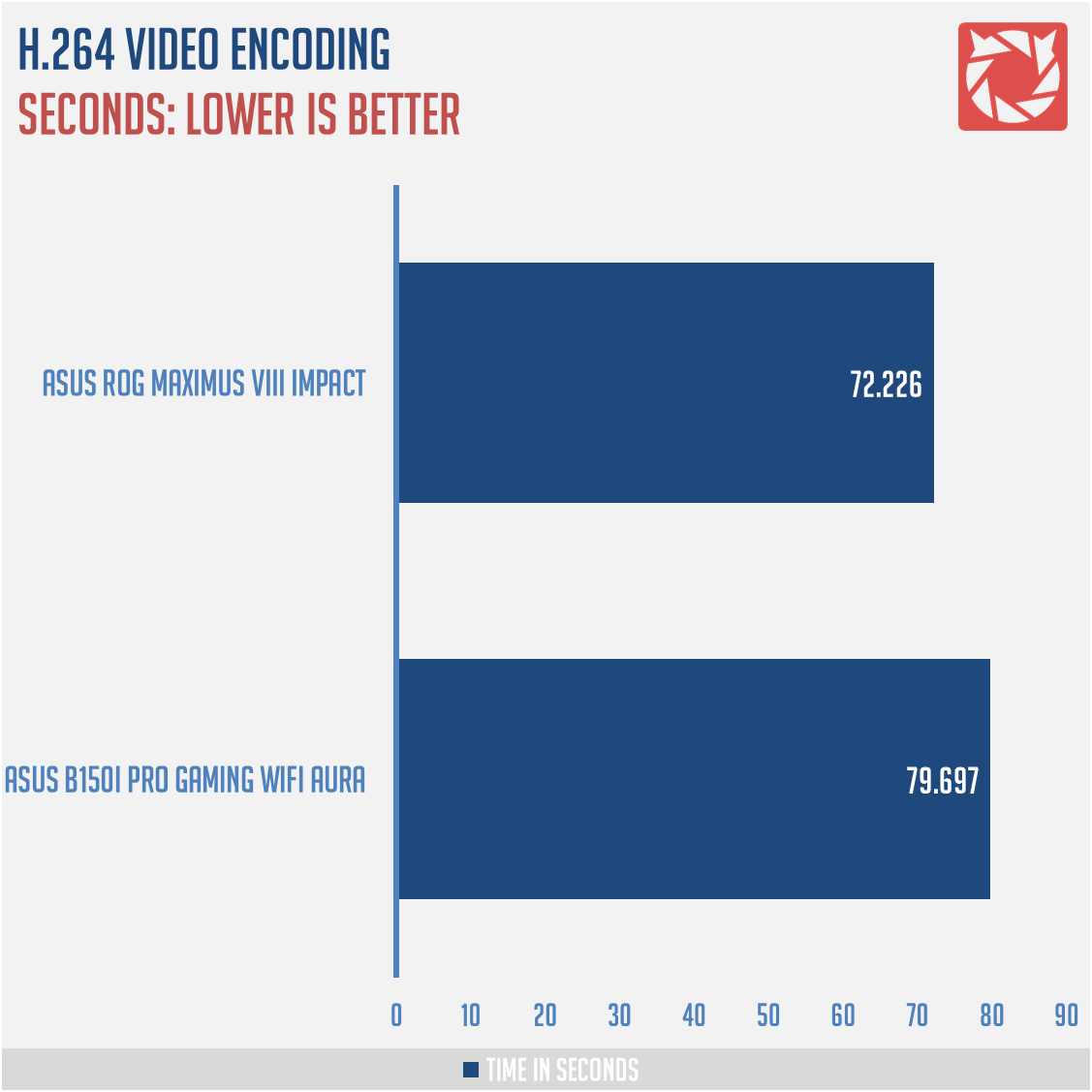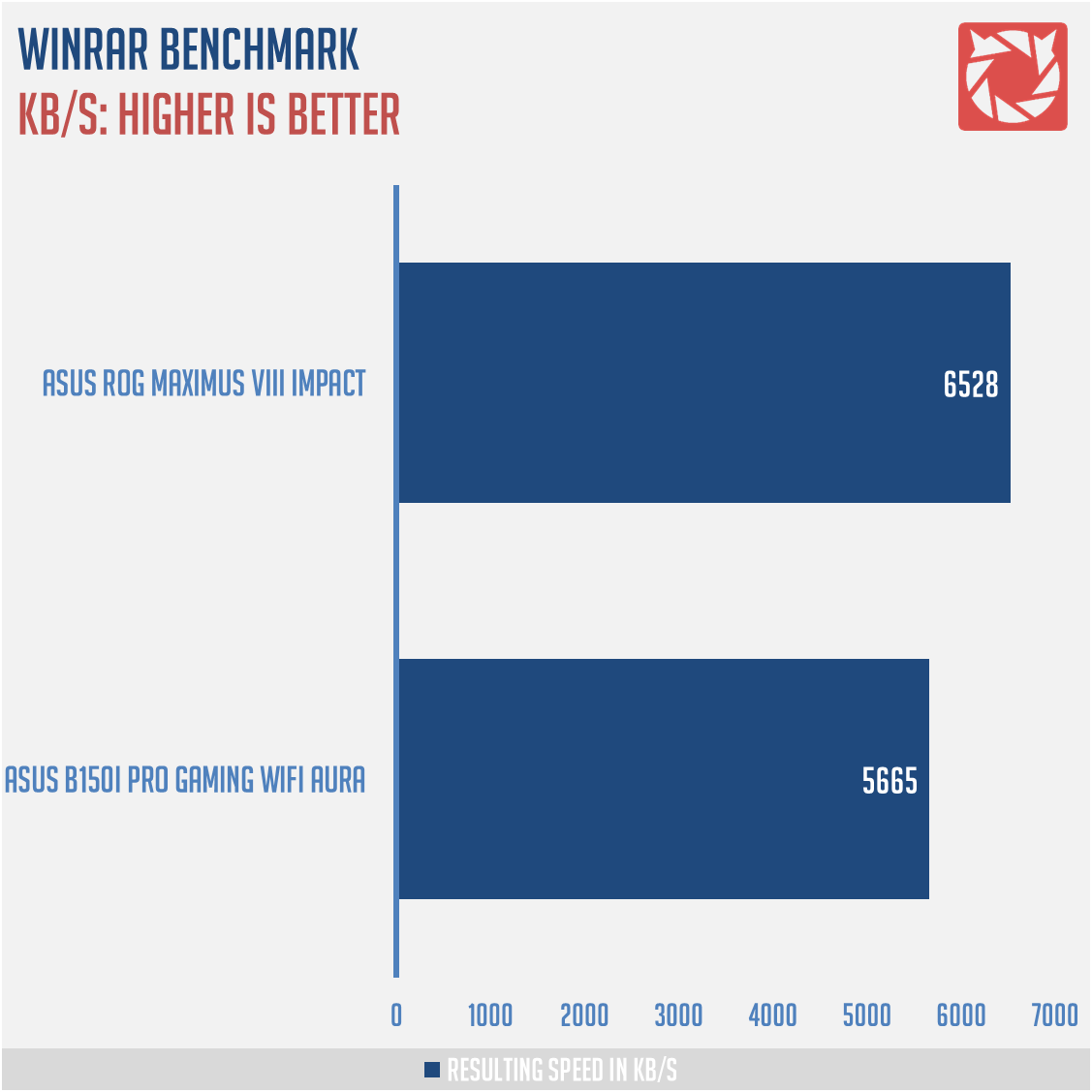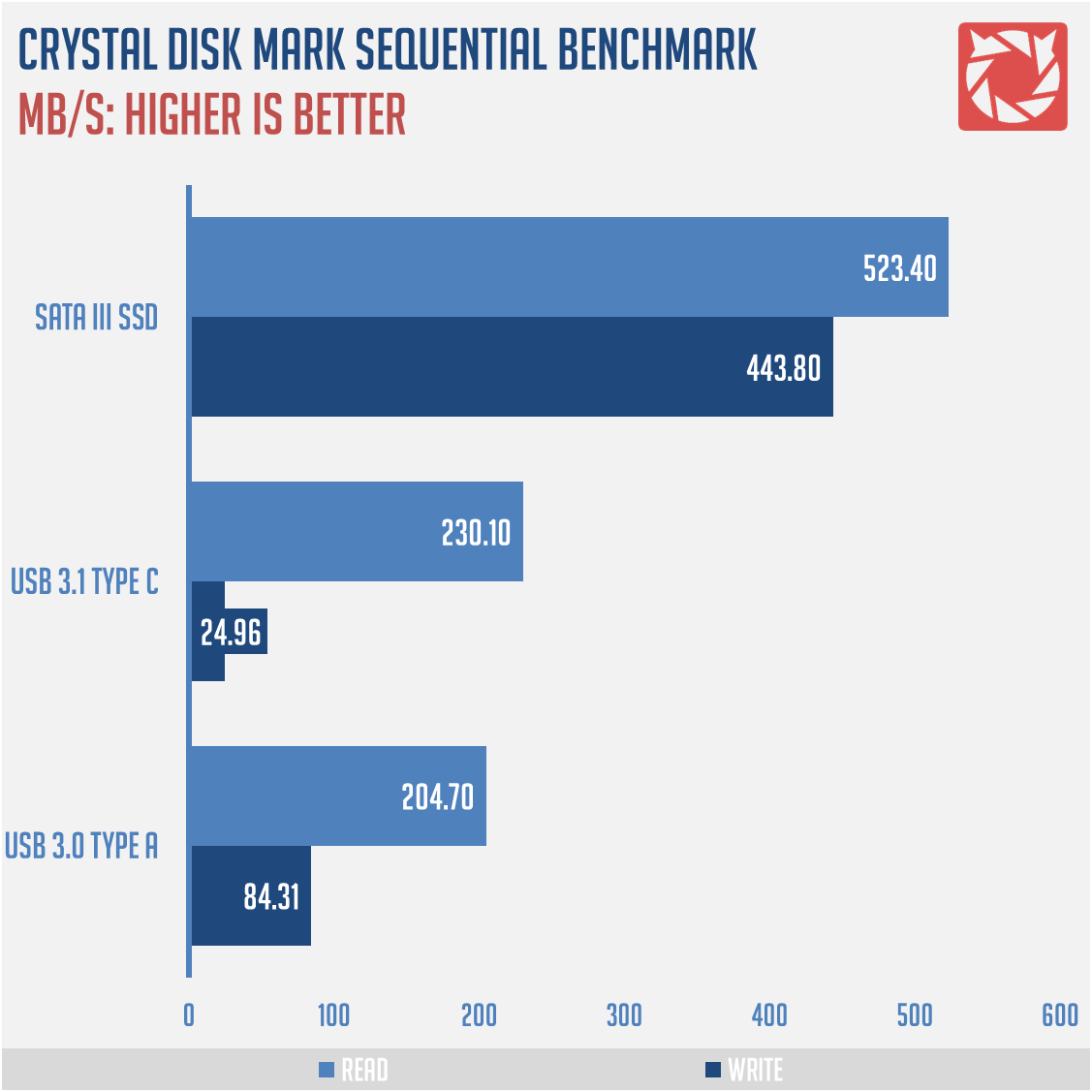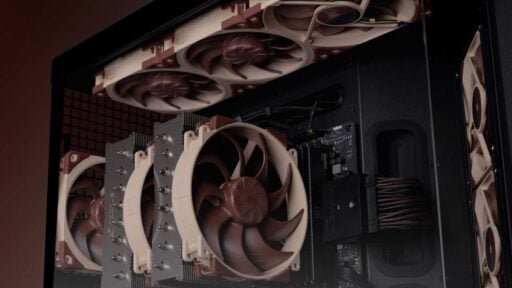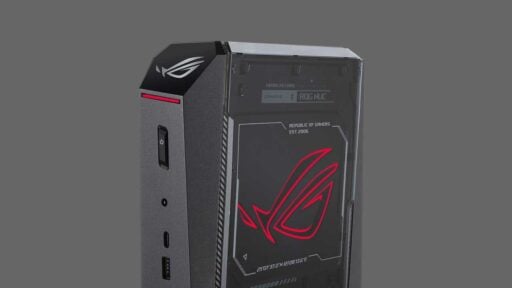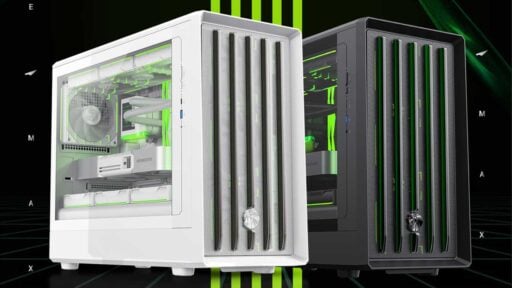A little bit late on this one, but today, we are going to take a look at the ASUS ROG Maximus VIII Impact Z170 ITX motherboard. Sporting the Z170 chipset, this LGA 1151 motherboard is just packed to the brim like a piñata ready to explode with goodies inside. That of course includes overclocking support, a unique VRM design, the ROG SupremeFX Impact III audio solution, MU-MIMO WiFi, and loads of softwares built to enhance your gaming experience. Heck, the only thing this board is missing is an RGB lighting feature. There’s a lot going on with this 13, 890 PHP (175 USD @ Amazon) board so let us find out what’s in store for you.
The Intel Z170 chipset is the top dog of the Intel 100 series platform and ASUS crammed a lot of its features into an ITX form factor. Basically, the ASUS ROG Maximus VIII Impact has most of the native Z170 chipset features, and ASUS just slapped a lot of extra into it.
To elaborate, the ASUS ROG Maximus VIII Impact has a M.2 Socket 3, a Dual Band 802.11 WiFi, and a SupremeFX powered by a Realtek ALC1150 audio chip. There’s also a USB 3.1 Type-C at the back together with a Type-A port. Best part? This thing has an integrated NVMe U.2 storage support.
Price wise, this thing will set you back at around 13, 000 PHP. It’s a price point where a lot of top-end Z170 boards could be found. But then again, those are full sized boards and are not really fit for the job that this particular Z170 board is able to do.
Table of Contents:
Packaging and Accessories
The packaging is just as small as the Maximus VIII Impact – at least when it comes to the width. It’s not the flashiest we’ve seen so far from ASUS, but it does its job very well by lining up the board’s features back to back. There’s also an included WoT promotional stuff with the board but I guess that depends on the region.
Paper works included are your standard issued user’s guide, two multi-lingual pamphlets, a software DVD, and a case badge. There’s also a set of novelty cable labels.
Now there are tons of bundled accessories with the ASUS ROG Maximus VIII Impact, and we’ve got basically no time to open them all like seriously. What you’ll get are the following: ASUS Q-Shield, 4 x SATA 6Gb/s cable(s), 1 x CPU installation tool, 1 x ASUS 2T2R dual band Wi-Fi moving antennas, 1 x Fan Extension Card (3 x 4-pin fan out), 1 x Fan Extension card screw pack, 1 x 12 in 1 ROG Cable Label(s), ROG Fan Label, 1 x 5-pin to 5-pin cable, 1 x Panel cable, and a 1 x Thermistor cable. Awesome set of bundles I must say!
Design, Build and Connectivity
The ASUS ROG Maximus VIII Impact is anything but your standard ITX motherboard. This is the epitome of the ASUS ROG DNA both in design and features – with that proper gaming oriented look and intimidating build quality. Now expansion is provided by a single full speed PCI-E 3.0 slot. Just above it are the PCH heat-sink, and the 4x SATAIII slots.
You’d expect ASUS to put an M.2 slot at the back but it’s a na-da for you. There isn’t just enough PCB real estate to work with here compared to the ASUS B150I GAMING WIFI AURA.
Power to the CPU is provided by an 8-pin ATX 12V connector, going all the way through that vertical power phase VRM design. Basically, ASUS wants you to have enough OC headroom with this thing so they decided to up the ante with a high quality power design. PCB space is the only problem so using a daughter board is the only solution they could think of. And yes, even a Cryorig C1 will fit just fine on this board.
Internal I/O consists of 4x SATA III ports, a USB 3.0 header, the front panel header, and an internal speaker header. The extra 4-pin PWN fan header is also located on this area.
External I/O are lavish to an extent. We’ve got 2x USB 3.1 ports here (Types A & C) together with 4x USB 3.0 ports, an HDMI port for the display, and LED enhanced audio jacks. The rest of the I/O consists of the Gigabit LAN, the WiFi + BT module, an optical out, and the Impact Control daughter board. That thing houses the debug LED, reset, power, restart to BIOS, and the Clear CMOS button.
Firmware
Like the many ASUS boards before it, the ROG Maximus VIII Impact features a snappy UEFI. There are 8 main menus found within the UEFI, with the main menu and the EZ mode acting as your system status providers, as well as an easy gateway for the board’s extra features. That includes the EZ System Tuning, the QFan Control, and boot priority options. If you’re coming from the likes of the ASUS Z97 boards, then the facade will feel right at home.
The AI Tweaker, or should I say the Extreme Tweaker, is where you could overclock the CPU, Memory, and fine tune your voltage setting. Everything you need to fry your PC is located on this one spot so it is truly convenient.
The advanced menu features your usual PCH options. You could disable or enable storage devices, USB devices, and other features that you do not require to save up resources.
The monitor menu is where you could disable or enable the sensors found within your board. I suggest leaving this alone by default.
Overall, the ASUS ROG Maximus VIII Impact’s UEFI is a solid chunk of firmware design. It’s easy to use, easy to navigate, and just works. Nothing to complain here.
Software
ASUS bundled a lot of softwares into this board and they makes up almost half of the board’s features. First off on the list is the ASUS AI Suite 3. This is basically your command center where you could adjust power, and performance settings. The ASUS AI Suite 3 also houses tons of extra features. It includes a software based QFan control similar to the board’s UEFI QFan feature. This thing has its own settings so I don’t recommend using this if you prefer the UEFI QFan setup. The AI Suite also features a storage cleaning app, USB Boost, System Info, Mobo Connect, and a whole lot more.
The ASUS GameFirst IV is a feature that works together with the Intel NIC aboard the Maximus VIII Impact. You can use it to control your software’s bandwidth usage, set priorities, and test the bandwidth of the network you’re connected to.
The ASUS RAMCache is well… a RAM Cache software. Basically, you can use this to cache your frequently used data onto the RAM for a better performance and access time. This is useful if you’ve got more than 8GB of memory capacity, and if your applications are stored on a mechanical drive. The RAMDisk on the other hand creates a virtual drive using your RAM which is damn fast. You require a memory kit with around 32GB of capacity though to make this work.
Perhaps my favorite, the OverWolf is an overlay software built to enhance and aid your gaming experience. This basically allows you myriads of options within your game via the built-in UI of the app. You can record your game play, check stats in game, or just browse the internet without leaving your game. You can download it for free here.
The Mem TweakIt allows you to adjust your memory kit’s configuration within the OS. This should be built within the AI Suite 3 but oh well.
The KeyBot is basically your free macro recording software. If your keyboard does not support it, then this will allow it to record and save macros for sure.
We haven’t touched the other softwares provided by this particular ASUS board, and there’s still a lot of them to explore. But, we noticed that ASUS dropped some and added some in the way. The Sonic Radar has been removed from the usual bundle for example.
Test Setup
The motherboard’s performance will be evaluated by various benchmarking tools, and applications with the CPU, memory, storage, and audio performance being the focus of the tests. We are testing this motherboard with the high performance settings enabled at the OS, with the default UEFI configuration. XMP and Multi-Core Enhancement are enabled if possible. No extra softwares or applications are installed and running during the benchmarking process. The test system specifications are laid out below:
| PROCESSOR | Intel Core i5 6600K |
| MOTHERBOARD | ASUS ROG Maximus VIII Impact |
| CPU COOLER | Cryorig C1 Top Flow |
| MEMORY KIT | Crucial Ballistix Tactical 2666 MHz 4x4GB |
| GRAPHICS CARD | ASUS GTX 1060 STRIX OC 6GB |
| STORAGE DRIVE | Biostar G300 SATAIII SSD 240GB |
| POWER SUPPLY | Corsair RM850X 850W |
| DISPLAY | 27″ DELL U2715H WQHD IPS Panel |
| OPERATING SYSTEM | Microsoft Windows 10 PRO |
Please do note that we are in the process of rebuilding our motherboard benchmark database. The charts that you will see here will be updated from time to time.
Power
The AIDA64 Extreme Edition’s System Stability Test is used to stress and gauge our system’s overall power draw. We selected all the the stability test options available with a 5 minute run time.
CPU and Memory
Super PI is a single-threaded benchmark that calculates pi to a specific number of digits. The 32M calculation is used to to gauge the system performance.
wPrime is a multi-threaded benchmarking application designed to measure the raw computational power of a CPU. The 32M and 1024M calculations are used to to gauge the system performance.
AIDA64 Extreme Edition is a streamlined Windows diagnostic and benchmarking software. We are going to use the built-in memory benchmark tool to gauge the system performance.
Applications
GIMP is a free and open-source raster graphics editor used for image retouching, drawing, editing, and conversion. A 7 MB worth of images will be processed, and converted to gauge the system performance.
HandBrake is a tool for converting video from nearly any format to a selection of modern, widely supported codecs. A 150MB worth MP4 video will be converted using the H.264 codec to gauge the system performance.
WinRAR is a file archive utility for Windows. It can create, view archives in RAR or ZIP file formats, and unpack numerous archive file formats. We are going to use the software’s built in benchmark tool to gauge the system performance.
Storage
Crystal Disk Mark is a storage benchmarking software widely used through the industry. We are going to use the software’s sequential read and write benchmark to test the system’s I/O performance.
Audio
RightMark Audio Analyzer (RMAA) is a suite designed for testing quality of analog and digital paths of any audio devices. The results are obtained by playing and recording test signals passed through the tested audio path by means of frequency analysis algorithms. A high quality 3.5mm male to male audio cable is used to loop both the line-in and line-out of the system with a sample rate of 24-bit at 48 kHz. The level change is strictly kept at -0.4 dB / -0.4 dB if possible, with software audio enhancements disabled.
| Frequency response (from 40 Hz to 15 kHz), dB |
+1.05, -1.37
|
Average
|
| Noise level, dB (A) |
-149.6
|
Excellent
|
| Dynamic range, dB (A) |
126.7
|
Excellent
|
| THD, % |
0.011
|
Good
|
| THD + Noise, dB (A) |
-28.0
|
Very poor
|
| IMD + Noise, % |
3.895
|
Poor
|
| Stereo crosstalk, dB |
-147.1
|
Excellent
|
| IMD at 10 kHz, % |
0.0081
|
Very good
|
| General performance |
Good
|
Objectively, the ASUS SupremeFX touting Maximus VIII Impact generally features a good performance, with an average frequency response result and an excellent noise level values. Dynamic range is also excellent at 126.7 dBA but performed rather poorly at both the THD + Noise and IMD + Noise. This means that the marketed ASUS SupremeFX Shielding Technology is not working as expected, allowing for higher distortion and the noise generation. So much for the daughter board eh?
Subjectively, we ran the SupremeFX with a number of gaming headsets, and monitors to check out how good or bad its audio performance is. Since we got a general information on the frequency response from RMAA, we can conclude that this audio solution is colored, not flat at all, and emphasizes both the bass, and the mid-range. The higher ends are rolled off but it makes for an interesting sound signature. I kinda like this setup since you’ll get a punchier bass, and a more pronounced mid-range suitable for gaming, movies, and casual music listening.
Conclusion
The ASUS ROG Maximus VIII Impact – the name suggests, is a small board with tons features aimed to deliver an impact to the gamer in you. It is hella expensive this side of the world, but its features and performance actually makes up for its price point. This board versus ASUS’ own B150 ITX offering is a no brainer. For the maximum performance output, you really have to get the Z170 no matter what.
This board, featuring the Z170 by nature, has all the native bells and whistles of the Z170 chipset. That said, it features full support for CPU and memory overclocking. The IMPACT POWER III VRM design made overclocking a little easier for you, allowing you to maximize the board’s potential with K Series CPUs for a small form factor.
Feature set is what separates this board from the rest. You’d get MiMo WiFi + BT connectivity, USB 3.1 on a Type C & A package, and a souped up audio solution that just works. There are also 3 fan headers that could be extended to another 3 via the fan extender module, and thelist goes on. Lotsa stuffs here for the hardcore gamer and overclockers.
The ASUS ROG Maximus VIII Impact is a 13, 890 PHP board with ATX features crammed in a tiny ITX package. It is expensive, but its features and performance are truly worth going the extra mile.
ASUS ROG Maximus VIII Impact
Summary
The ASUS ROG Maximus VIII Impact is a 13, 890 PHP board with ATX features crammed in a tiny ITX package. It is expensive, but its features and performance are worth going the extra mile.

